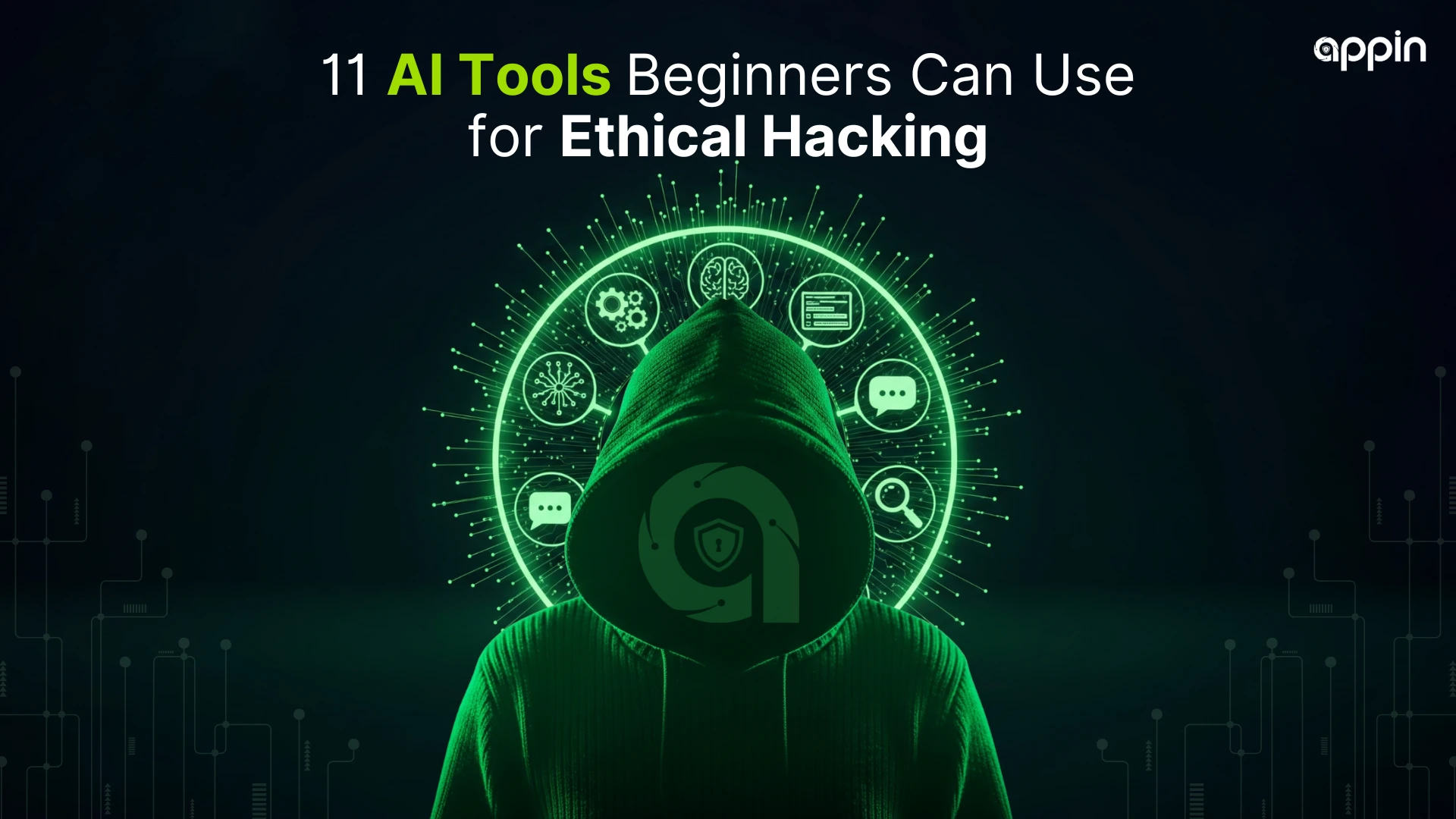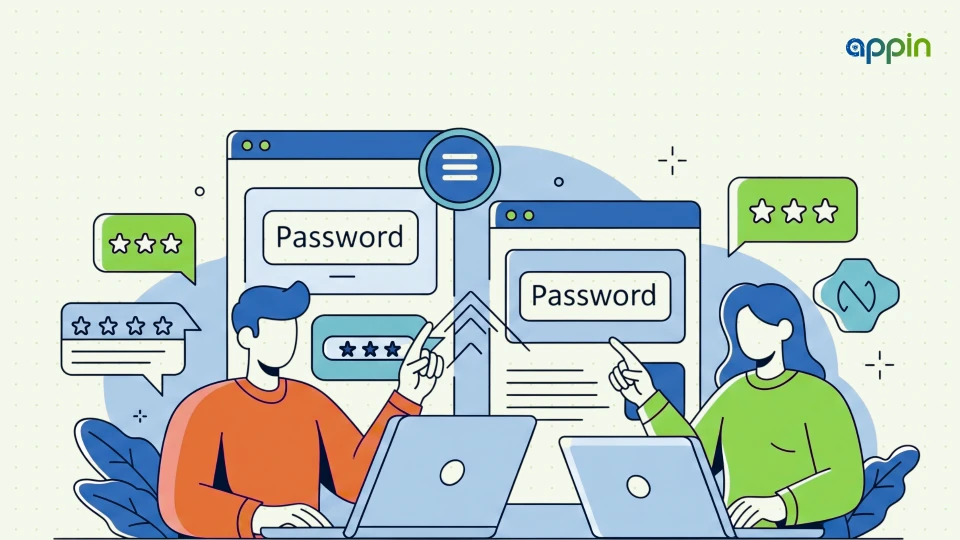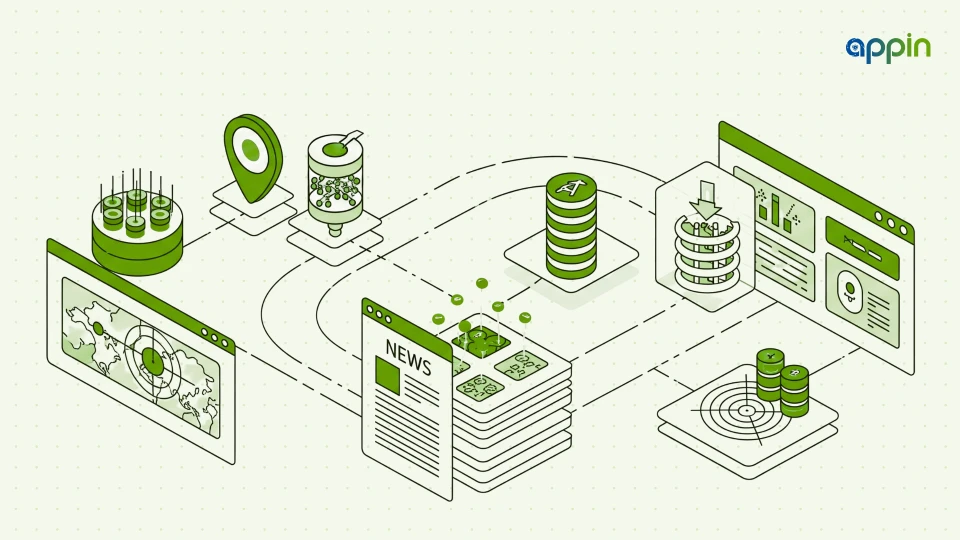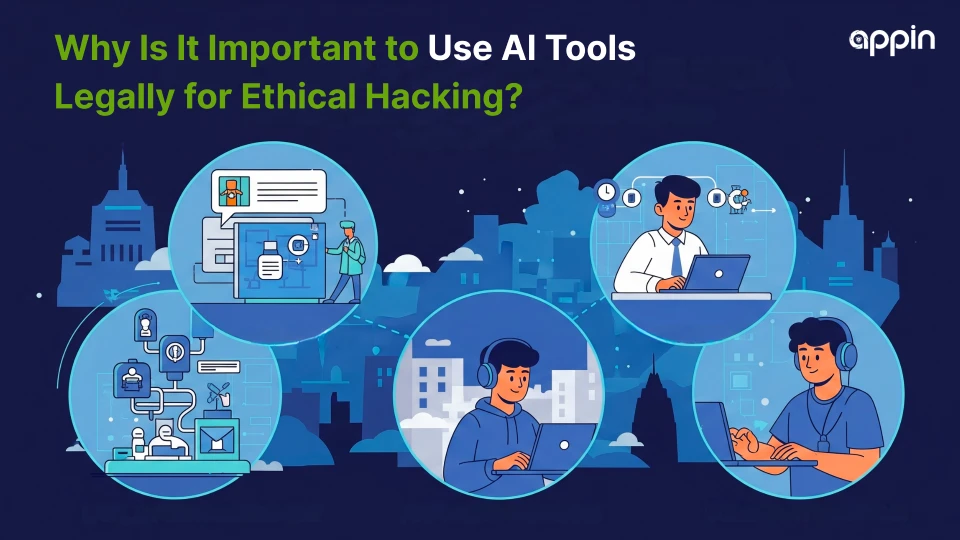Can Beginners Use AI Tools for Ethical Hacking Legally?
Yes, beginners can try AI tools for ethical hacking beginners legally if they are used in labs, simulations, or structured ethical training programs.
AI is reshaping cybersecurity by making tasks like password testing, phishing simulations, and OSINT more efficient. Instead of replacing security professionals, AI helps them work smarter by automating repetitive tasks and highlighting patterns that humans might miss. For students and new learners, this creates a chance to study how hackers think without crossing legal boundaries.
Some AI tools for ethical hacking are designed to improve awareness, while others provide controlled testing for authentication, phishing, and reconnaissance. These tools allow beginners to build confidence safely, preparing them for real-world scenarios later in their careers.
Let’s look at 11 legal AI hacking tools that are safe for learners and help in building beginners ethical hacking tools knowledge step by step.
👉 Explore the basics with a Cyber Security Certification to start your journey the right way.
What AI Tools Can Help Beginners Learn Password and Authentication Testing?
AI tools help test password strength and authentication systems in a safe environment. They are used to analyze weak credentials, predict common password patterns, and simulate brute-force testing for learning purposes.
1. PassGAN (demo version)
PassGAN is an open-source AI-powered password generator. It predicts likely passwords based on real-world datasets. In a lab, learners can see how quickly weak credentials can be guessed. This demonstrates why strong passwords matter.
2. Hashcat (with AI wordlist generators)
Hashcat is one of the most widely used password recovery tools. By integrating AI-generated wordlists from models like PassGAN, Hashcat can perform more intelligent attacks. Beginners can safely use this in controlled environments for AI authentication testing.
3. John the Ripper (with ML-trained wordlists)
A classic tool, John the Ripper is enhanced with machine learning dictionaries. This makes it more effective in password testing with AI, as it adapts wordlists to target patterns seen in real data.
Together, these AI password cracking tools show why password reuse and weak combinations are risky. They help students understand authentication weaknesses, but only when used responsibly in a lab setup.
By practicing with these tools, beginners gain a hands-on understanding of password security and why strong authentication is essential in cybersecurity.
Which AI Tools Are Used for Phishing Awareness and Training?
Beginners can safely explore phishing simulations with AI tools to learn how scams are created and how to defend against them.
1. ChatGPT (OpenAI)
ChatGPT can simulate phishing emails for awareness training. In a controlled environment, learners can see how convincing messages are generated. This helps them recognize and avoid similar emails in the real world.
2. ElevenLabs (Voice AI)
ElevenLabs produces realistic voice clones. Hackers use deepfake voices in vishing scams, pretending to be managers or relatives. In training, this tool shows how easy it is to manipulate trust.
3. Canva AI Magic Write
This AI text generator can mimic scam messages. Trainers use it to create examples of fraud attempts that learners practice spotting. It is safe for controlled AI phishing simulations.
These AI tools for phishing awareness help build critical thinking. By practicing with phishing training tools beginners can strengthen their defenses. The goal is not to create attacks but to recognize their patterns.
By studying these tools, students learn how phishing evolves and why proactive training is essential in cybersecurity careers.
What AI Tools Help in Reconnaissance and OSINT?
AI assists in gathering open-source intelligence (OSINT) to study how attackers collect information. Beginners can practice with tools that map relationships, detect devices, and identify vulnerabilities.
1. Maltego with AI plugins
Maltego is widely used for link analysis and data mapping. With AI integrations, it processes large datasets faster, making relationship mapping more efficient.
2. Shodan with AI filtering
Shodan is a search engine for IoT devices. By applying AI filters, it highlights patterns, such as exposed devices or weak configurations. Students can use this in labs to understand AI reconnaissance tools.
3. SpiderFoot HX
SpiderFoot is an automated OSINT tool. Its AI capabilities scan domains, IPs, and emails for vulnerabilities. Beginners can use it to learn how information exposure can lead to attacks.
These AI OSINT tools provide insight into how reconnaissance works without crossing into illegal activity. Used responsibly, they show how much information is publicly available and why security hygiene matters.
By using AI tools for ethical OSINT, students learn to think like attackers but act as defenders. This builds skills they can expand in structured training programs.
👉 Advance your understanding with Certified Ethical Hacking and explore how professionals use OSINT tools legally.
Which AI Security Platforms Can Beginners Explore for Defense?
Defensive AI tools give practical exposure to how attackers are detected and stopped. They analyze threat data, block phishing attempts, and highlight anomalies in real time.
1. IBM Watson for Cybersecurity
IBM Watson applies AI to analyze huge volumes of threat data. It identifies phishing attempts, suspicious logins, and malware behavior. Beginners can access demo versions to see how AI assists in detection.
2. Google Cloud Security AI (Chronicle Security)
This platform uses AI to detect threats across cloud services. It spots unusual login attempts, phishing attempts, and anomalies in network traffic. Free trial tiers make it accessible to learners.
These AI cybersecurity tools are designed for professionals but allow beginners to explore basic features. By experimenting with AI security platforms, students see how real defense systems are built.
Structured practice with AI tools for cyber defense prepares learners for more advanced labs and industry tools.
Why Is It Important to Use These Tools Legally?
It is important to use these tools legally because misuse can lead to criminal charges under Indian IT laws. Even simple experiments done outside of a safe lab can result in penalties.
Legal use of AI hacking tools means:
- Practicing in labs or simulations.
- Using tools in ethical hacking courses.
- Participating in bug bounty programs with defined scope.
- Applying tools for awareness exercises.
The risks of AI hacking misuse include reputational harm, legal consequences, and loss of career opportunities. Employers value students who practice within ethical guidelines.
For beginners, staying on the right side ensures credibility. It also builds a foundation for trusted roles in cybersecurity, where ethical standards are as important as technical skills.
Should Beginners Explore AI Tools for Ethical Hacking?
Yes, beginners should explore AI tools for hacking beginners, but only through legal and structured training programs.
The 11 tools outlined here provide exposure to password testing, phishing awareness, reconnaissance, and defensive security. When used responsibly, they build valuable skills without crossing ethical boundaries.
The safest way to practice is in labs, training courses, and supervised simulations. By combining these tools with structured learning, beginners gain both knowledge and career credibility.
These tools are not shortcuts to hacking but stepping stones for learning. Staying ethical ensures long-term growth in cybersecurity.
👉 Inquire now with Appin to begin your journey with safe AI hacking tools and structured training.





